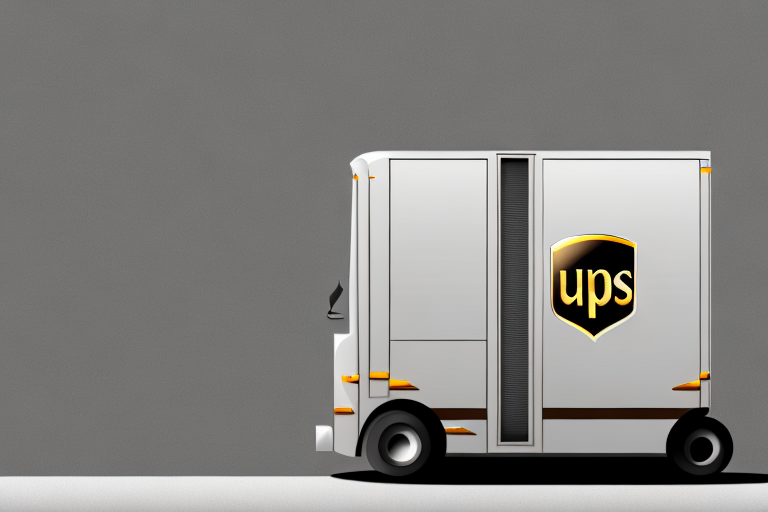Common Causes of Shipping Delays
Weather Conditions
One of the most common factors that can cause shipping delays is adverse weather conditions. Severe weather such as hurricanes, snowstorms, or flooding can lead to road closures, flight cancellations, and other transportation disruptions, resulting in delayed deliveries. Companies often collaborate with their carriers to monitor weather forecasts and adjust delivery plans accordingly. This may involve rerouting shipments around affected areas, rescheduling deliveries, or postponing them until conditions improve.
Even minor weather events like heavy rain or strong winds can impact shipping, especially for sea or air transport. Businesses may need to modify delivery schedules or select alternative transportation methods to ensure timely arrivals. Staying informed about weather conditions and maintaining close communication with carriers is essential to minimize the impact of weather-related delays on the supply chain.
Carrier Capacity
Shipping delays can also arise from carrier capacity issues, particularly during peak seasons when shipping demand surges. To mitigate this, businesses can partner with multiple carriers to distribute the shipping load and ensure timely deliveries. In some cases, investing in a private fleet may provide greater control over shipping capacity and reduce reliance on external carriers.
Optimizing the use of available carrier space is another effective strategy. Implementing efficient packaging and loading techniques, such as using pallets to organize products, can maximize carrier capacity utilization. Additionally, leveraging software tools to plan optimal loading can help ensure that carriers are used to their fullest capacity, thereby reducing the risk of delays caused by capacity constraints.
Improper Packaging
Improper packaging is a significant cause of shipping delays and product damage. Using sturdy materials like corrugated cardboard and ensuring that products are well-protected can minimize the risk of damage during transit. Proper packaging also helps in distributing weight evenly and preventing items from shifting, which is crucial for maintaining product integrity.
Poorly packaged items may be rejected by shipping carriers or flagged for additional inspection, leading to further delays. Investing in quality packaging materials and adhering to best practices can help businesses avoid these issues. Additionally, using eco-friendly packaging materials, such as biodegradable or recycled options, can reduce environmental impact and enhance a company's reputation among eco-conscious consumers.
Customs Clearance
International shipments are subject to customs clearance, which can cause delays if documentation is incomplete or if products do not meet regulatory standards. Businesses can work closely with customs officials and utilize technologies like electronic data interchange (EDI) to streamline the clearance process. Ensuring that all required documents are accurately completed and submitted in advance can expedite customs procedures and reduce the likelihood of delays.
Creating a robust tracking system for international shipments allows businesses to monitor the status of each shipment in real-time, providing customers with up-to-date information and reducing uncertainty. Additionally, having contingency plans, such as alternative shipping routes or expedited customs processing options, can help mitigate the impact of unforeseen delays.
Strategies for Mitigating Shipping Delays
Working with Multiple Carriers
Relying on a single carrier can increase the risk of delays due to capacity constraints or operational issues. By partnering with multiple carriers, businesses can diversify their shipping options and enhance reliability. This approach allows for greater flexibility in managing shipping schedules and reduces dependence on any one carrier's performance.
Businesses can negotiate contracts with various carriers to secure favorable rates and ensure availability during high-demand periods. Additionally, leveraging regional carriers or local delivery services can help avoid congestion in major shipping hubs and provide faster, more efficient delivery options.
Optimizing Packaging and Loading
Efficient packaging and loading are critical for maximizing carrier capacity and minimizing shipping delays. Using standardized packaging sizes and materials can simplify the loading process and ensure that shipments make optimal use of available space. Implementing automated packaging solutions can further enhance efficiency and reduce the risk of human error.
Employing advanced logistics software to plan and track shipments helps businesses identify bottlenecks and optimize routing. By analyzing data on transit times, carrier performance, and delivery patterns, companies can make informed decisions that enhance overall shipping efficiency.
Planning for Peak Seasons
Peak seasons, such as holidays or major sales events, often result in a significant increase in shipping volume, which can strain carrier capacity and lead to delays. To prepare for these periods, businesses should forecast demand trends and adjust their shipping strategies accordingly. This may include increasing inventory levels, hiring temporary staff, and securing additional carrier capacity in advance.
Offering incentives like discounts for early orders or premium shipping options for expedited delivery can help manage customer demand and reduce the pressure on shipping resources. Additionally, having contingency plans in place to address potential disruptions ensures that businesses can respond quickly to unforeseen challenges during peak times.
The Role of Technology in Reducing Shipping Delays
Real-time Tracking
Real-time tracking technologies provide businesses with valuable insights into shipment status, carrier capacity, and delivery schedules. GPS tracking systems enable continuous monitoring of shipments, allowing businesses to identify potential disruptions early and take corrective action to prevent delays.
By offering customers access to real-time tracking information, businesses can enhance transparency and improve customer satisfaction. Automated notifications and alerts from carriers keep customers informed about the progress of their shipments, reducing anxiety and enhancing the overall shipping experience.
Automation and AI
Automation tools and artificial intelligence (AI) can significantly streamline shipping processes and reduce the likelihood of errors that lead to delays. Automated order processing, labeling, and documentation systems ensure consistency and speed in handling shipments. AI-powered chatbots can provide instant responses to customer inquiries, improving service levels and reducing the time spent addressing shipping issues.
Machine learning algorithms can analyze shipping data to predict trends, optimize routing, and enhance carrier performance. By leveraging these technologies, businesses can make data-driven decisions that improve shipping efficiency and minimize delays.
Managing Customer Expectations During Shipping Delays
Effective Communication Strategies
Transparent and proactive communication is essential when addressing shipping delays. Businesses should set realistic delivery expectations and provide timely updates to customers about the status of their orders. Utilizing automated email or SMS notifications can keep customers informed about any changes to their delivery schedules.
In the event of a delay, clearly explaining the reasons and offering realistic estimates for arrival times helps manage customer expectations and maintains trust. Providing multiple channels for customer support, such as live chat, email, and phone, ensures that customers can easily reach out for assistance when needed.
Offering Incentives and Compensation
To maintain customer satisfaction during delays, businesses can offer incentives such as discounts on future purchases, free shipping on subsequent orders, or partial refunds. These gestures demonstrate a commitment to customer service and help mitigate the frustration caused by delays.
Implementing a flexible return or refund policy can also reassure customers and enhance their overall experience, even when shipping disruptions occur. By prioritizing customer satisfaction, businesses can strengthen loyalty and mitigate the negative impact of shipping delays.
Conclusion
Shipping delays present significant challenges for businesses, impacting customer satisfaction and operational efficiency. By understanding the common causes of delays, such as adverse weather conditions, carrier capacity constraints, improper packaging, and customs clearance issues, businesses can develop targeted strategies to mitigate these risks. Implementing multiple carriers, optimizing packaging and loading processes, planning for peak seasons, and leveraging advanced technologies like real-time tracking and AI-driven automation are essential steps toward minimizing shipping delays.
Effective communication with customers and offering incentives during delays further enhance customer trust and retention. By adopting these best practices, businesses can ensure that their products reach customers promptly, maintain high levels of satisfaction, and remain competitive in the marketplace.




















